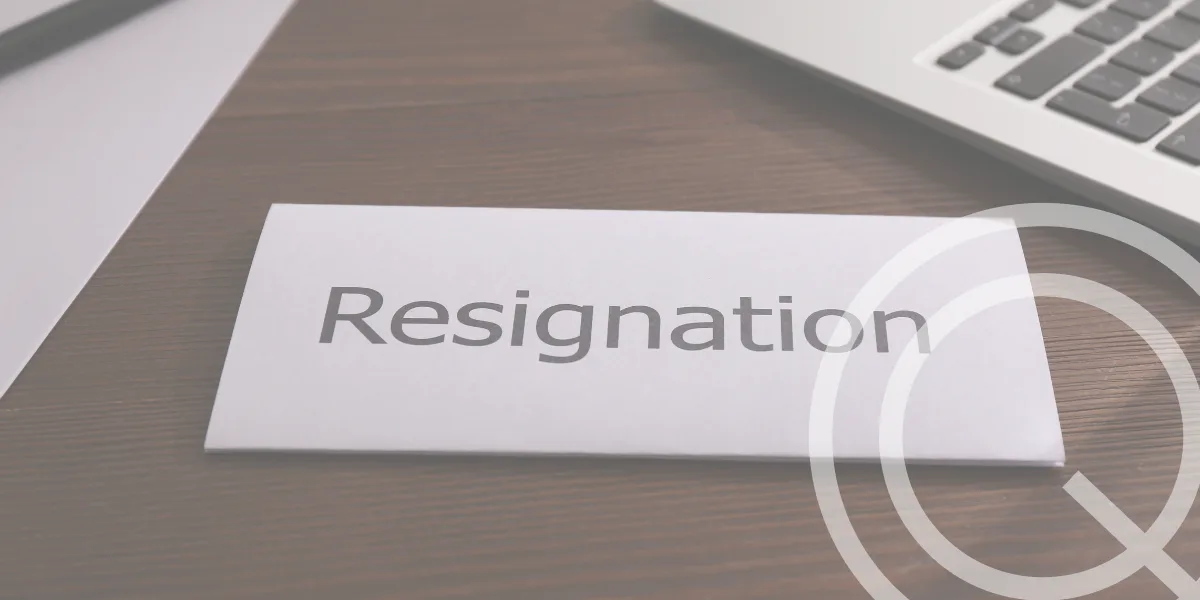KEY TAKEAWAYS
Consider:
- where an internal workplace investigation team should be located, based on organisational resources and context, such as within an existing function like HR, or in a stand-alone unit
- the size of team required to deliver timely investigation findings
- the skillsets required for the type of complaints regularly investigated
- reporting lines and maintaining clear separation between investigators and decision-makers
- data collection, storage and reporting to support internal decision-making, organisational improvement and external reporting obligations
- how to preserve the independence and impartiality of the team, and the integrity of their investigations.
Over the past five years, Australian workplaces have undergone significant change as a result of hybrid working arrangements, legislative reforms stemming from Royal Commissions into institutional misconduct, reviews exposing poor organisational cultures, and heightened public and regulatory pressure to eliminate unacceptable workplace behaviours.
Internal workplace investigators are playing an increasingly critical role in this new era of transparency and remediation. Organisations globally recognise the importance of skilled internal investigators and are investing in establishing and growing their internal investigation teams.
Unsurprisingly, internal investigation teams are highly individualised. There is no one-size-fits-all-approach. In this article, we draw on our experience of supporting internal investigation teams to look at:
- different investigation models adopted by organisations
- preserving the independence and impartiality of internal teams and the integrity of their investigation findings.
Setting up an internal investigation team
The tipping point for establishing an internal investigation team is typically reached when the annual volume of employee complaints received, and investigations initiated by an organisation, justify the investment.
Once this threshold is met, employers need to evaluate what investigation model works best for their organisation. This includes considering:
- whether the team will sit within an existing business unit, such as HR, Legal, Ethical Standards or Compliance, or reside in an independent unit at arms-length from the organisation’s day-to-day operations
- reporting lines and maintaining clear separation between investigators and decision-makers
- the team size required to achieve timely completion of investigations
- whether the expertise required for the type of complaints regularly investigated, such as whistleblower complaints or sexual harassment allegations, exists in-house, requires internal upskilling, or needs to be recruited
- how data will be collected, stored confidentially and used to support internal decision-making and organisational improvement, and how to meet any internal and external reporting obligations.
Internal investigation team models
From our experience advising and mentoring internal investigation teams, no two teams are exactly alike. However, all fall broadly within three categories, or a hybrid of them; centralised, decentralised, or out-sourced investigation functions.
Below are some investigation models we have seen in public and private organisations:
- decentralised independent units, comprised of skilled workplace investigators dedicated exclusively to the conduct of investigations, that report to a member of Executive Management
- centralised HR teams, with dual responsibility for day-to-day HR functions and workplace investigations, that report to a HR manager
- centralised HR, Safety, Ethical Standards or Compliance managers delegating investigations to:
– a respondent or complainant’s immediate line manager
– internal investigators or managers within a geographically dispersed business who have no known conflicts of interest with the parties involved in the complaint.
Augmenting internal teams with external support
In our experience, as organisations establish and grow their internal investigation teams, they may operate a hybrid model, outsourcing some matters to external investigators such as:
- complex, sensitive, or high-profile investigations such as those involving senior management, Board members, or serious sexual harassment and bullying allegations
- matters where a conflict of interest exists, or could arise, between an internal investigator and parties involved in the investigation
- when the internal team is at capacity and requires additional support to manage their investigations workload.
Preserving independence
The most challenging, but also the most critical aspect of creating and growing an internal investigation team is preserving its independence and impartiality, which also safeguards the integrity of its investigations. This requires clear separation between the roles of the investigator and decision-maker, ensuring there are no conflicts of interest.
For well-resourced teams exclusively dedicated to undertaking investigations, managing these risks is much easier to achieve. For centralised teams with dual responsibilities for workplace investigations and operational duties, such as HR professionals, this is an ever-present challenge that needs to be carefully monitored and managed.
Organisations seeking to mitigate risks to the independence of investigations, such as conflicts of interest, could consider the following strategies:
- undertaking a skills matrix to identify and upskill a range of staff in the conduct of procedurally fair and trauma-informed workplace investigations
- training relevant staff (investigators and decision-makers) on how to conduct a fair workplace investigation, including the importance of impartiality
- as recommended in the landmark Respect@Work report, reviewing existing complaints handling processes to identify proactive avenues to address poor workplace behaviour early, through processes other than formal investigations
- seeking advice from the Fair Work Ombudsman’s free Workplace Advice Service or workplace advisory services operated by professional membership bodies.
Support for “frontline” investigators
It is widely recognised that a workplace investigation can be distressing for the complainant, respondent and other participants. However, the impact of the process on the workplace investigator is sometimes overlooked. Many organisations do take steps to proactively support the wellbeing of internal investigators, including measures to reduce the risks of vicarious trauma.
In July, we will outline some practical steps investigators can take to look after their mental health and reduce the risk of burnout. We will also look at what some employers are doing to better support internal investigators in their complex and challenging roles.
More information
Seasoned workplace investigators from Q Workplace Solutions – one of Australia’s largest independent specialist workplace investigations firms – will unpack how to conduct a procedurally fair and legally defensible workplace investigation at an upcoming Q Workplace Training online workshop, How to Conduct an Effective Workplace Investigation, on 12 and 13 June 2024. Places are limited.
Q Workplace Solutions’ team of experienced and legally qualified investigators are trusted by public and private organisations, including ASX-listed companies and government departments, to investigate complex and often highly sensitive allegations of employee wrongdoing. They also undertake culture reviews of organisations, divisions or teams, and provide coaching and external advisory support to internal investigation teams.







